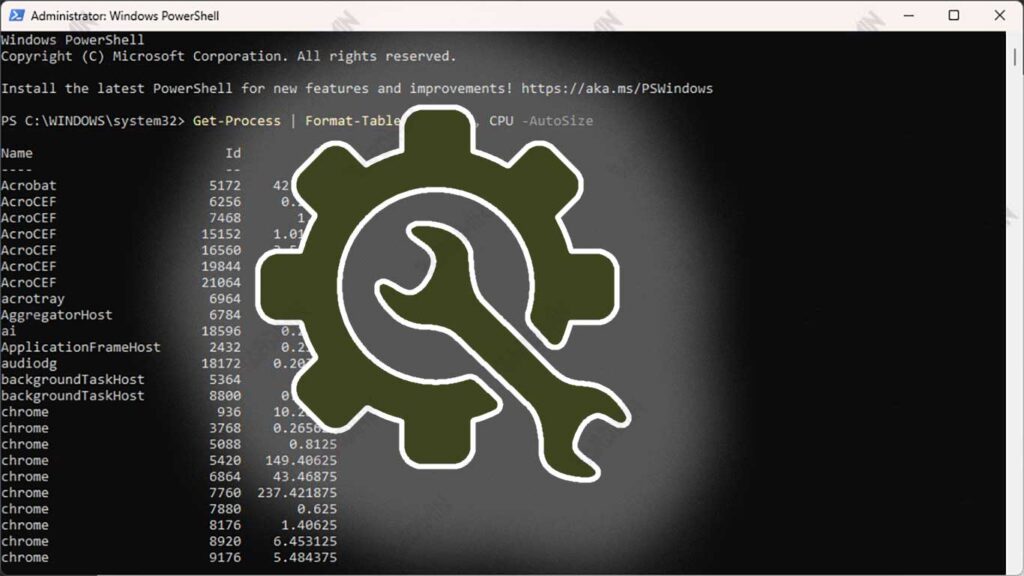PowerShell is a handy tool for IT administrators. In Windows 11, PowerShell can be customized to fit your needs by adding modules, using PowerShell profiles, and applying Group Policy.
Configure the PowerShell Environment
PowerShell has built-in configurations that are created to meet users’ general needs. However, this configuration is only basic and may need to be tailored to the administrator’s specific needs.
For example, some features, such as script execution or module logging, are not active by default, so users must activate them to conform to their security policies or work environment.

How to Change Configuration Using PowerShell Profile Scripts
PowerShell profile script is an automated script that runs every time PowerShell is opened. These scripts allow users to set up the work environment automatically, such as adding modules, setting variables, or defining custom functions.
PowerShell provides four types of profile files for various scenarios:
1. AllUsersAllHosts
This profile applies to all users on all PowerShell hosts.
Default location:
C:\Windows\System32\WindowsPowerShell\v1.0\profile.ps1
2. AllUsersCurrentHost
This profile applies to all users, but only on certain hosts (such as PowerShell, VS Code, or Windows Terminal).
Default location:
C:\Windows\System32\WindowsPowerShell\v1.0\Microsoft.PowerShell_profile.ps1
3. CurrentUserAllHosts
This profile only applies to logged-in users but can be used on all hosts.
Default location:
C:\Users\<Username>\Documents\WindowsPowerShell\profile.ps1
4. CurrentUserCurrentHost
This profile only applies to users who are currently logged in on a specific host.
Default location:
C:\Users\<Username>\Documents\WindowsPowerShell\Microsoft.PowerShell_profile.ps1
Steps to change the profile configuration:
- Check that the profile file already exists in the default location. If you don’t already have one, you can create one manually.
- Use a text editor such as Notepad or Visual Studio Code to edit the profile file as needed.
- Add configurations, such as automatic module loading or variable settings, inside the file.
Simple Syntax to Check the Location of Profile Files with $Profile
PowerShell has a built-in variable named $Profile that stores the location of each profile file type. You can use the following command to check the location of your profile file:
$Profile | Format-ListThe results will show the complete location of each profile file. If the profile file doesn’t already exist, you can create one with the following command:
New-Item -Path $Profile.CurrentUserAllHosts -ItemType File -ForceAdding and Managing PowerShell Modules
A PowerShell module is a collection of commands (cmdlets), functions, and scripts organized in a single unit. This module was created to improve PowerShell’s ability to accomplish certain tasks, such as system management, security settings, and administrative process automation.
The main functions of the PowerShell module include:
- Provides additional commands for a variety of special needs.
- Simplify system management through automation.
- Added built-in PowerShell features to support integration with third-party apps or services.
How to Access PowerShell Gallery to Download Modules
PowerShell Gallery is an online repository that stores thousands of modules created by Microsoft and the community. You can search, download, and install modules from this gallery easily.
Steps to access the PowerShell Gallery:
- Go to the official PowerShell Gallery website at https://www.powershellgallery.com.
- Use the search feature on the site to find the modules you need.
- Install the module directly via PowerShell with the Install-Module command.
Install-Module -Name ModuleName -Scope CurrentUserReplace ModuleName with the name of the module you want to install.
